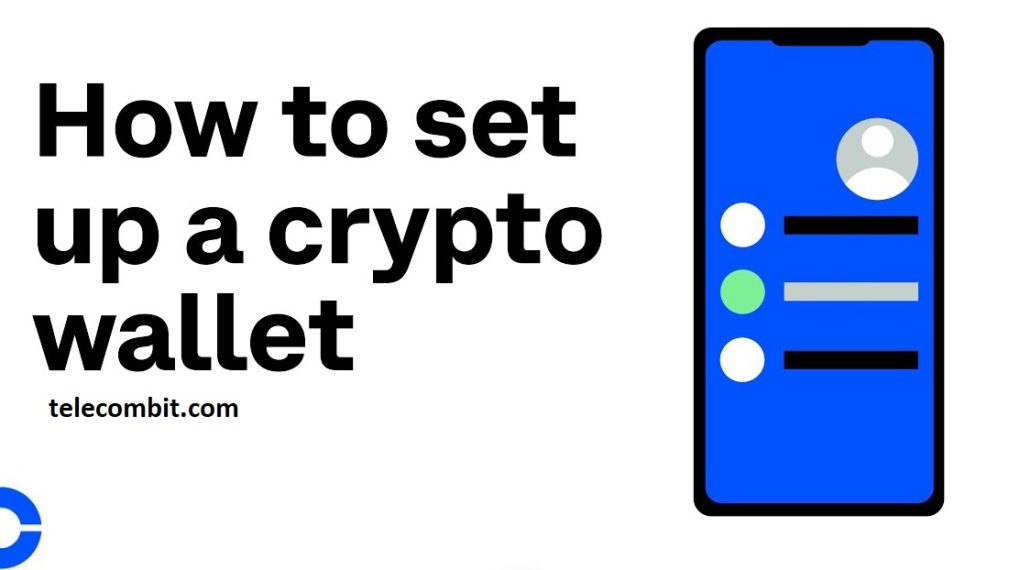Ethereum Vault 101: How to Choose, Set Up, and Secure Your Wallet

Cryptocurrencies like Ethereum have gained tremendous popularity, and securing your digital assets is of paramount importance. Choosing the right wallet, setting it up correctly, and implementing robust security measures are essential steps in safeguarding your Ethereum holdings. In this comprehensive guide, we will explore the various types of wallets, the process of setting them up, and crucial security practices to protect your Ethereum investments.

Understanding Wallet Types
When it comes to Ethereum wallets, you have several options, each with its own pros and cons. Here are the most common types:
Hardware Wallets: Hardware wallets offer the highest level of security by keeping your private keys offline. They are physical devices that store your keys and enable transactions. Popular hardware wallet brands include Ledger and Trezor. By utilizing advanced encryption and secure chips, hardware wallets provide robust protection against hacking attempts.
Software Wallets: Software wallets, also known as digital wallets, can be installed on your computer or smartphone. They offer convenience and accessibility, but may be vulnerable to malware or hacking if proper precautions are not taken. Examples of software wallets include MyEtherWallet and Exodus.
Online Wallets: Online wallets are web-based platforms that allow you to store and manage your Ethereum assets. They offer convenience but carry a higher risk since your private keys are stored on third-party servers. Popular online wallets include MetaMask and Coinbase Wallet.
You can also learn about: Unlocking Asset Value

Setting Up Your Wallet
Once you have chosen a wallet type that suits your needs, it’s time to set it up correctly. Follow these steps for a seamless setup process:
Download the Wallet Software: Visit the official website of your chosen wallet and download the appropriate software for your device. Ensure that you download from a trusted source to avoid malware or counterfeit versions.
Create a New Wallet: Launch the wallet software and follow the instructions to create a new wallet. This typically involves generating a new private key and setting a strong password. Be sure to use a unique, complex password to enhance the security of your wallet.
Back Up Your Wallet: After creating your wallet, it’s crucial to back up your private key or seed phrase. Write it down on a piece of paper and store it in a secure location, preferably offline. This backup will be essential for wallet recovery if your device is lost or compromised.

Implementing Security Measures
Securing your Ethereum wallet requires implementing additional layers of protection. Consider the following security practices:
Enable Two-Factor Authentication (2FA): Most wallets offer the option to enable 2FA, which adds an extra layer of security by requiring a secondary verification method, such as a code sent to your mobile device. Enable this feature to prevent unauthorized access to your wallet.
Keep Your Software Updated: Regularly update your wallet software and device operating system to ensure you have the latest security patches. These updates often contain bug fixes and improvements that enhance the overall security of your wallet.
Beware of Phishing Attempts: Be cautious of phishing attempts where malicious actors attempt to deceive you into revealing your wallet information. Always double-check URLs, email senders, and ensure you are interacting with the official wallet provider’s legitimate website.
Utilize Cold Storage: Consider using cold storage solutions, such as a hardware wallet, for long-term storage of significant amounts of Ethereum. Cold storage keeps your private keys offline, reducing the risk of unauthorized access.
Practice Safe Network Usage: When accessing your Ethereum wallet online, ensure that you are using a secure and trusted network connection. Avoid using public Wi-Fi networks, as they can be susceptible to eavesdropping and hacking attempts. Instead, opt for a private, password-protected network.

Conclusion
Safeguarding your Ethereum holdings begins with choosing the right wallet, setting it up correctly, and implementing robust security measures. Remember to carefully consider the type of wallet that best suits your needs, follow the recommended setup steps, and adopt essential security practices. By doing so, you can have peace of mind knowing that your Ethereum investments are protected and secure.



